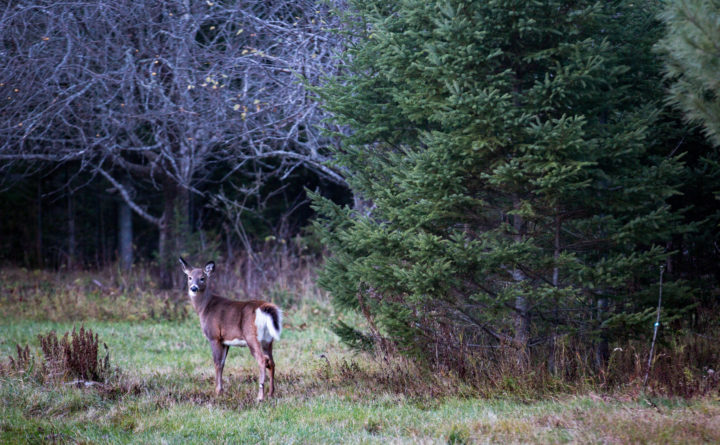
A commission that oversees development in Maine’s Unorganized Territory, which covers about half of the state’s land mass, approved controversial new rules Tuesday governing where it will allow development.
While members of the Land Use Planning Commission say the new rules are intended to concentrate development around more than three dozen communities at the edge of the state’s more populated and developed areas, opponents have raised concerns that the changes could lead to development sprawl in the Maine woods.
The new rule replaces the commission’s “one-mile rule,” by which the panel has allowed subdivisions and commercial development to occur within 1 mile of similar, pre-existing developments in the Unorganized Territory, a swath of the state where the Land Use Planning Commission has the development permitting authority that local governments do in towns and cities.
Meeting Tuesday in Farmington, the commission voted to approve the new rules, which it says will “encourage most new zones for subdivision and commercial development to locate close to towns that provide public services.” Staff members with the commission have said that the new rules will place a limit on how far development can spread into the Maine woods, whereas the “one-mile rule” did not place any limit on how far such development could “leapfrog” over time along forested roads.
The new rules, unlike the prior rules, differentiate between the types of businesses that apply for development approval, according to LUPC. Businesses that are resource dependent — such as recreation guide or outfitter services, or timber harvesting firms — will be allowed to locate farther out from retail hubs than other businesses. The new rules also allow some lakefront subdivisions to locate farther out from retail hubs, provided there already is development on the lakes where the new subdivisions would be permitted.
“The rules protect important habitat, keep development away from remote undeveloped lakes and ponds, protect consumers, and support our rural economy,” commission staff said Tuesday in a statement.
Cathy Johnson, forest and wildlife project director at the Natural Resources Council of Maine, said Tuesday that some of the changes were introduced as recently as last week and, though the group has not fully vetted what the commission approved Tuesday, it looks like it does not address concerns about protecting undeveloped lakes and preventing habitat fragmentation. She said the group has been asking for more than a year for a detailed list of lakes that would be affected and how the rules would apply to each one, but that the commission has not provided that information.
Johnson said the approved changes include fewer retail hubs and smaller allowed development areas than what the commission had previously proposed. However, she said, the natural resources council still has concerns about the potential impact of sprawl on Maine’s vast undeveloped forests.
“This is the biggest policy decision they’ve ever made,” Johnson said. “It will affect the north woods, streams and lakes forever.”
This article originally appeared on www.bangordailynews.com.







